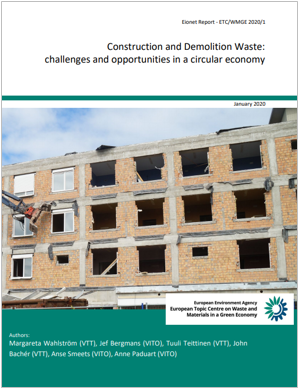Regolamento di esecuzione (UE) 2025/2550
ID 25183 | 22.12.2025
Regolamento di esecuzione (UE) 2025/2550 della Commissione, del 10 dicembre 2025, che modifica e rettifica il regolamento di esecuzione (UE...
ID 16242 | 28.03.2022
This guidance on radiological aspects of drinking-water quality is written in the format of Q&As. Each question and associated answer is written to be largely stand-alone with links to other Q&As that provide additional relevant information; there is no need to read the document from start to finish.
The document is divided into four sections:
- Section 1 on non-emergency situations provides background information on the GDWQ, explains the approach adopted by WHO to assess the public health risks from radionuclides in drinking-water and aspects to support their management in these situations. Information on radon, including the assessment and management of risks, is provided in a separate section, as the assessment and management approach for radon is distinct compared to the other radionuclides.
- Section 2 on emergency situations provides similar information included in the non-emergency section, but within an emergency context.
- Section 3 provides supporting information that is largely common to both non-emergency and emergency situations, including information on treatment and analytical methods.
- Section 4 includes case studies illustrating how some countries have managed radioactivity in drinking-water.
The document also includes an Annex to support calculation of doses and guidance levels for specific non-emergency situations. For non-emergency situations, it is anticipated that the reader will use this guidance in conjunction with Chapter 9 of the GDWQ (WHO, 2017a); however, some information in the GDWQ is summarized within this guidance for convenience, to support practical implementation.
Collegati
ID 25183 | 22.12.2025
Regolamento di esecuzione (UE) 2025/2550 della Commissione, del 10 dicembre 2025, che modifica e rettifica il regolamento di esecuzione (UE...

ID 25141 | 17.12.2025 / In allegato
Il Quaderno ha le finalità di informare i cittadini sulle due tematiche dei cambia...

EEA, 2020
Il report prodotto dall’Agenzia Europea per l’Ambiente, Construction and demolition Waste, mette in evidenza come non sia importante solo il quantitativo di r...
Testata editoriale iscritta al n. 22/2024 del registro periodici della cancelleria del Tribunale di Perugia in data 19.11.2024